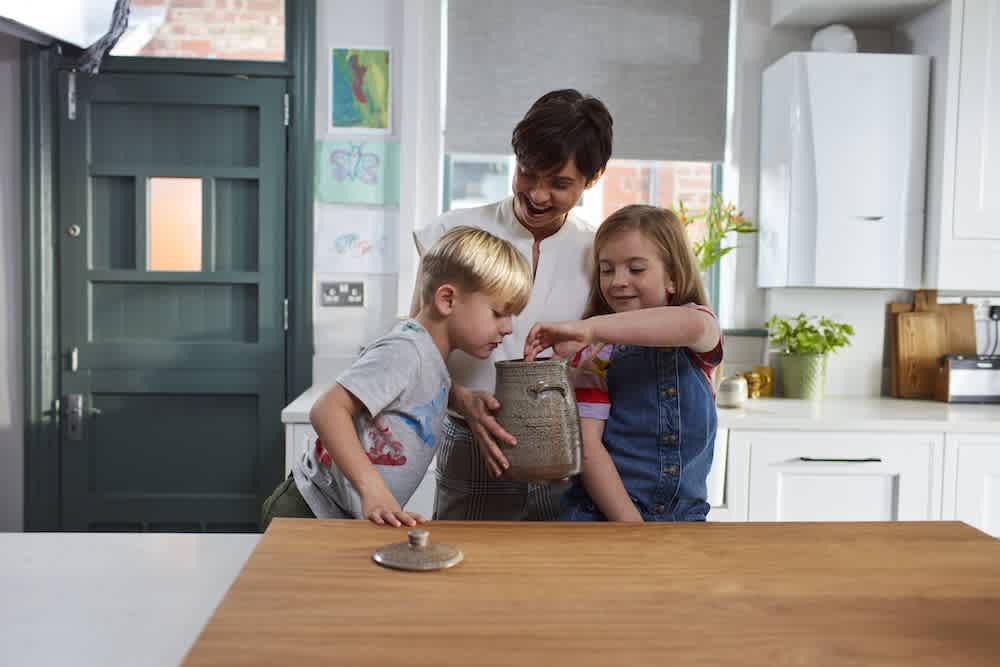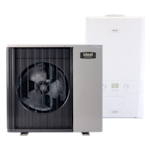
How to protect your home and family from carbon monoxide
The safety and wellbeing of our families is always a top priority, so it’s really important to be aware of any threats that can pose a risk in the home.
Carbon monoxide (CO) is a silent, invisible and odourless gas that can make us feel dizzy, sick and tired if we breathe it in, even causing death if we are exposed to dangerously high levels.
We can only tackle the risk of carbon monoxide poisoning by taking sensible steps and precautions, such as learning its signs and symptoms, understanding what causes CO leaks and making sure vital household appliances like boilers are well installed and serviced regularly.
We’ve prepared this handy list of tips to help keep your home and family safe from the risks of carbon monoxide exposure.
What causes carbon monoxide leaks?
Carbon monoxide is a poisonous gas with no taste or smell, and is produced when fuels such as gas, oil, coal and wood do not burn fully.
This dangerous gas can leak from everyday items and appliances that burn fuel if they haven’t been installed, ventilated or maintained properly — everything from fireplaces, ovens or boilers at home, all the way to heaters, stoves or barbecues set up at a campsite.
What are the symptoms of carbon monoxide poisoning?
One of the most worrying things about carbon monoxide poisoning is that you may not even notice its symptoms at first, especially if you’ve only been exposed to a small amount of the gas. According to the NHS, a headache is the first symptom to look out for — it’s the most common sign of mild carbon monoxide poisoning.
You may also experience symptoms such as dizziness, sickness, stomach pains, tiredness and confusion — it can actually be very similar to having food poisoning or flu, but carbon monoxide poisoning won’t give you a high temperature. The more you’re exposed to the gas, the worse your symptoms will get. On the other hand, you may find you start to feel better when you are away from the source of the leak.
Which household appliances can produce carbon monoxide?
The most common risks for exposure to carbon monoxide are everyday household appliances that have not been installed correctly, haven’t been well maintained or are poorly ventilated — this includes heaters, ovens and central heating boilers.
A blocked chimney or flue could also increase the risk of carbon monoxide exposure in your home. It’s important to keep all of these possibilities in mind if you’re concerned that you or someone in your family has been showing the signs of carbon monoxide poisoning.
How often should my boiler be serviced?
We recommend that you have your boiler serviced annually for the following three reasons:
- A boiler service involves safety checks that test for both gas and carbon monoxide leaks, giving you and your family valuable peace of mind.
- It will make sure your boiler is running at peak efficiency, helping to keep costs down and making your home more environmentally friendly.
- Last but not least, an annual boiler service will help protect your warranty and could save you from a hefty pay-out further down the line if you experience any issues.
Reputable manufacturers such as Ideal Heating will always get in touch to let you know when your boiler is due to be serviced — you can even book a boiler service online.
Do I need a carbon monoxide alarm?
A carbon monoxide alarm will alert you if it detects high levels of CO in your home and is essential for anyone who has a fuel-burning fire, stove or boiler. All homes in Scotland will actually be legally required to have one if they have fuel-burning boilers, heaters or stoves from February 2021.
Which? recommends that alarms should be in the same room as the appliance (but kept at least one metre away from it) and be placed around 15cm from the ceiling. Don’t forget to test your alarm regularly in case it has developed a fault or the battery needs replacing.
Could renovating my home cause any problems?
The chance to finally start building the extension that’s been in the works for countless years can be a dream come true for many of us, but it’s important to be aware of the potential pitfalls of home renovation, too.
Bear in mind that any home improvements you work on could actually increase your risk of exposure to carbon monoxide if they create problems with ventilation or block chimney flues. There are all sorts of risks to consider that are easy to miss, so always consult with a specialist before starting to make any large-scale changes.
Bookmark our Ideal Heating blog for more boiler-related advice, expert tips and to stay up-to-date with the latest posts.














